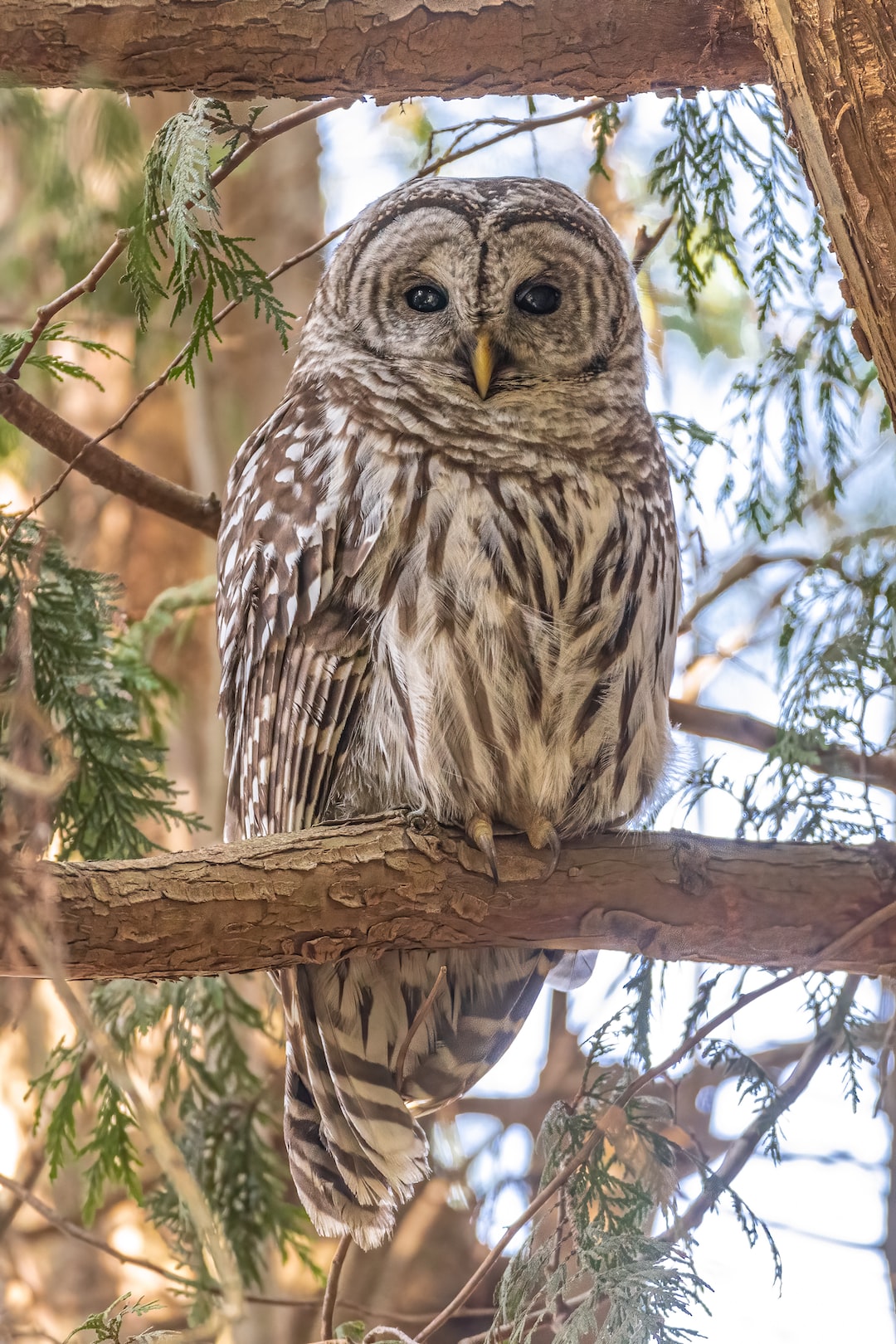The Fascinating World of Marine Life: Exploring Coral Reefs
The world beneath the ocean’s surface is an enchanting place, filled with an array of colors, shapes, and wonders. One of the most incredible habitats in this underwater realm is the coral reef. These vibrant and diverse ecosystems are home to countless species of marine life, making them an area of great fascination and importance.
Coral reefs are found in warm and shallow waters, primarily in the tropics. They are made up of tiny creatures called coral polyps, which secrete a hard calcium carbonate skeleton that forms the structure of the reef. These skeletons build up over thousands of years, creating intricate formations that provide shelter, food, and breeding grounds for countless marine organisms.
One of the most remarkable aspects of coral reefs is their biodiversity. These areas are home to an astonishing variety of life, surpassing even the most diverse rainforest ecosystems. Coral reefs support approximately 25% of all marine species, despite occupying less than 1% of the ocean’s floor. From colorful tropical fish to microscopic plankton, from majestic sea turtles to elusive octopuses, the marine life found in coral reefs is truly awe-inspiring.
One of the iconic species found in coral reefs is the coral itself. Corals come in a multitude of shapes, sizes, and colors, creating a mesmerizing underwater landscape. From brain corals to table corals, from soft corals to hard corals, each species has its unique beauty. The vibrant colors of coral are not merely for aesthetic purposes; they actually result from a symbiotic relationship between the coral polyps and tiny photosynthetic algae called zooxanthellae. This partnership ensures the survival of both parties, as the polyps provide shelter and nutrients while the zooxanthellae provide energy through photosynthesis.
Another remarkable feature of coral reefs is the presence of countless fish species, each with its unique adaptations and behaviors. Reef fish come in a kaleidoscope of colors, patterns, and sizes, transitioning seamlessly through the labyrinth of coral formations. They play crucial roles in the ecological balance of coral reefs, with certain species acting as cleaners, others as predators, and some as symbiotic partners with other organisms. Observing the intricate relationships between these fish can provide valuable insights into the complex web of life in these underwater wonders.
Beyond fish, coral reefs are also home to a plethora of other intriguing marine creatures. From the elusive seahorses blending seamlessly with coral branches to the camouflaged octopuses hiding amidst rocks, the diversity of organisms found within these ecosystems is truly astounding. Furthermore, coral reefs provide vital nurseries for juvenile marine life, including fish, crustaceans, and mollusks, ensuring the survival and growth of these species. By protecting these habitats, we not only safeguard the marine life within them but also contribute to the health and stability of the larger oceanic ecosystem.
Unfortunately, coral reefs around the world are under threat from a variety of factors, including pollution, climate change, and overfishing. These stresses can lead to coral bleaching, where coral polyps expel their zooxanthellae and lose their vibrant colors. Without the algae, the coral becomes stressed and vulnerable to disease, ultimately resulting in their death. The loss of coral reefs would have devastating consequences for the marine life that depends on them and would have far-reaching effects on the health of our oceans.
Exploring the world of coral reefs is an adventure that unveils the wonders and fragility of marine life. From snorkeling through crystal-clear waters to diving deep into the depths of the sea, witnessing the vibrant colors, intricate formations, and bustling activity of these remarkable ecosystems is a truly humbling experience. By appreciating and protecting coral reefs, we can preserve a source of unimaginable beauty and contribute to the conservation of the precious marine life that calls these habitats home.

